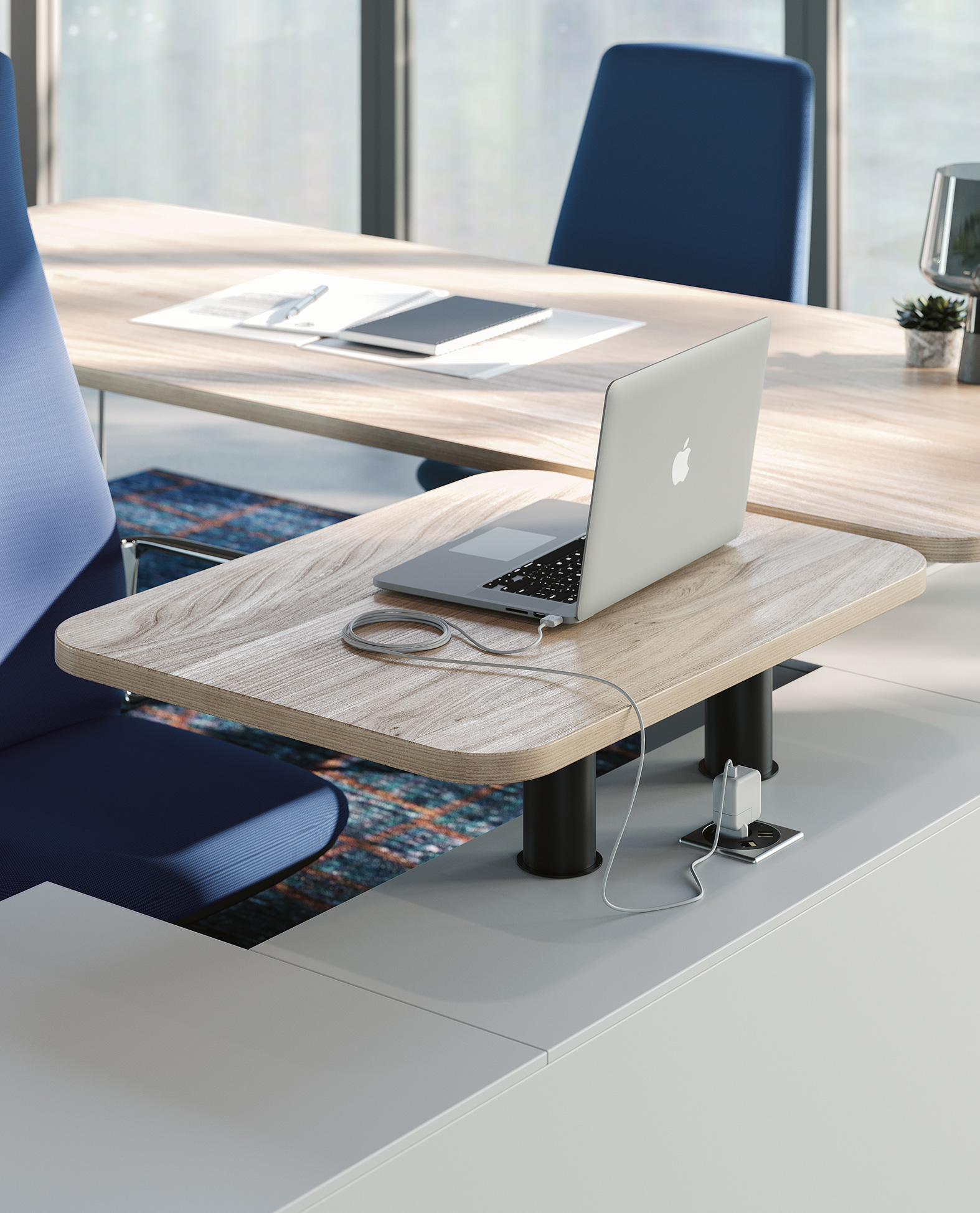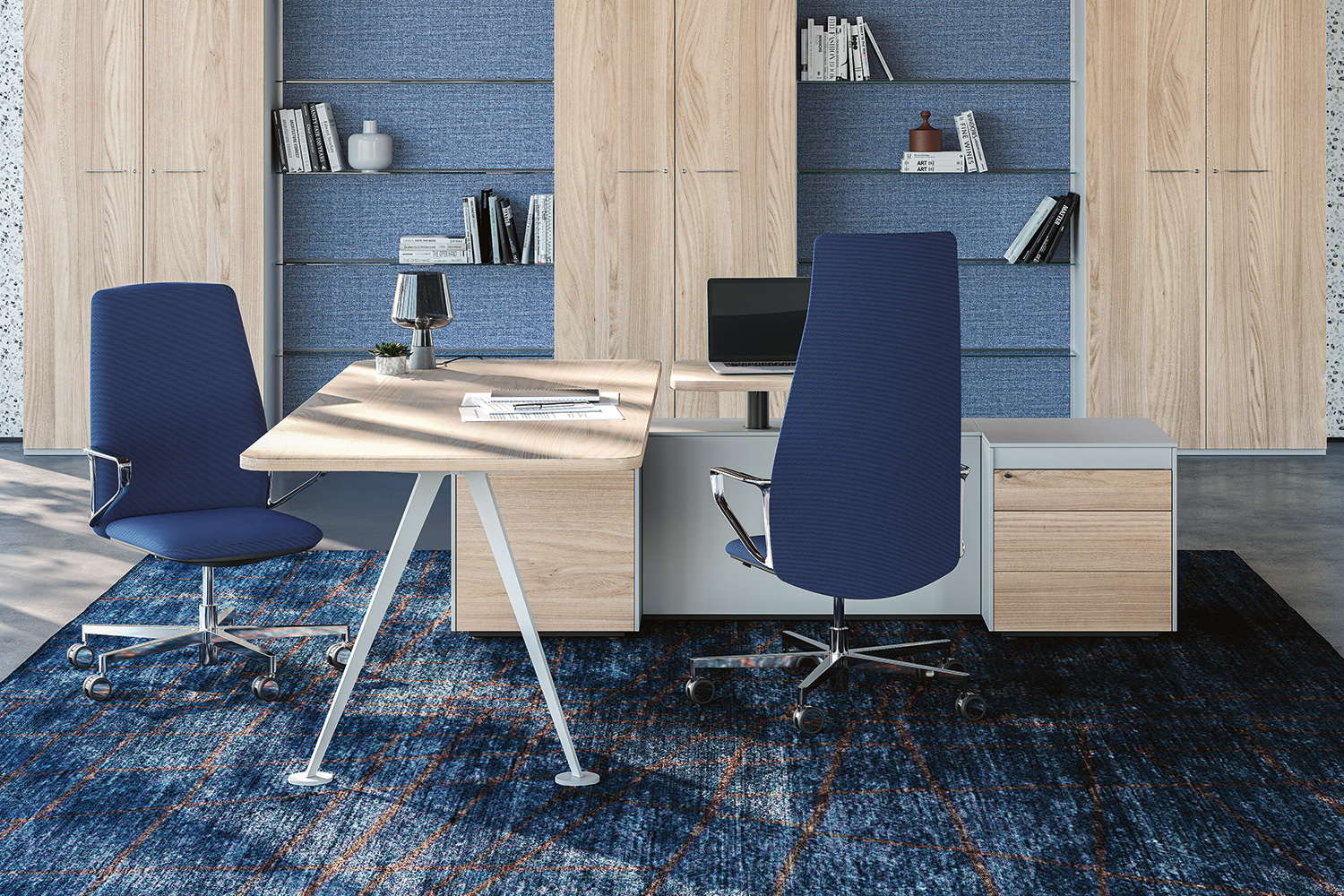In the most dynamic companies, where employees and managers, rather than playing a role, are called to achieve goals, the office furniture interpret the new working methods, focusing on functionality.
Is the executive office dead? No, it’s simply evolved.
There’s been a rethink about the way management areas are organized, resulting in spaces that are more agile, flexible, spread out and horizontal, just as the way the work process is performed has been redefined, with an emphasis on integrative, multidisciplinary approaches such as collaborative working, teamwork and knowledge development.
When we took a closer look at the subject of agile working and flexible working, we covered this very issue.
A manager who’s removed from his people doesn’t promote idea sharing and wellbeing in the workplace.
Change in the culture and relations of these new generations of managers is echoed in efficient, collaborative spaces offering a wealth of services, which will help businesses improve productivity-induced economic gains and attract and retain top talent.

Collaboration, concentration and wellbeing: the Frezza executive desk
Here at Frezza, the executive desk has been designed and split virtually into focus and work, essentially creating a physical space for collaboration and another, semi-private space for focusing and for activities that require undivided attention.
This is achieved while still allowing the desk to adapt to meet different mental and physical needs, giving the user the option of working sitting down or standing up, whichever is most beneficial to their wellbeing.
The distinguishing trait of the Spike executive desk, for example – designed by Giorgio Topan – is the sit-stand system on the lateral return element: this liftable system allows the user to change their workstation height in a matter of seconds.
The desk can be supplemented with meeting tables designed to cater to conference requirements and collaboration between different departments. These products are all part of a single designer executive line produced with high-quality materials.
This is the case, for example, with the Alplus collection designed by Marco Zito: a single idea has been developed into a functional range of furniture – executive desk, workstation desk, meeting tables and breakout spaces – that can be used to produce a harmonious scheme across different areas.
Lastly, we haven’t forgotten about private rooms and soft seating: these technologically integrated areas, which are perfect for organizing meetings, represent an opportunity that is not to be underestimated.
Rather than just serving a purpose, the furniture becomes an agile system that helps create a fluid, dynamic environment, blurring the line between open and closed, and allowing workers to move about unrestricted, keeping all the tools they need at hand on their laptops.
Part of the article was published as an interview in the Office Layout magazine, no. 178, July-September 2019 issue

